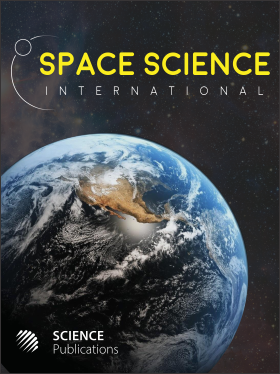The Lense-Thirring Effect in the Anomalistic Period of Celestial Bodies
- 1 York University, Canada
- 2 University of Patras, Greece
- 3 East Carolina University, United States
Abstract
In the weak field and slow motion approximation, the general relativistic field equations are linearized, resembling those of the electromagnetic theory. In a way analogous to that of a moving charge generating a magnetic field, a mass-energy current can produce a gravitomagnetic field. In this contribution, the motion of a secondary celestial body is studied under the influence of the gravitomagnetic force generated by a spherical primary. More specifically, two equations are derived to approximate the periastron time rate of change and its total variation over one revolution (i.e., the difference between the anomalistic period and the Keplerian period). Kinematically, this influence results to an apsidal motion. The aforementioned quantities are numerically estimated for Mercury, the companion star of the pulsar PSR 1913+16, the companion planet of the star HD 80606 and the artificial Earth satellite GRACE-A. The case of the artificial Earth satellite GRACE-A is also considered, but the results present a low degree of reliability from a practical standpoint.
DOI: https://doi.org/10.3844/ajssp.2013.46.53

- 5,328 Views
- 3,529 Downloads
- 0 Citations
Download
Keywords
- Gravitomagnetism
- Lense-Thirring Effect
- Anomalistic Period
